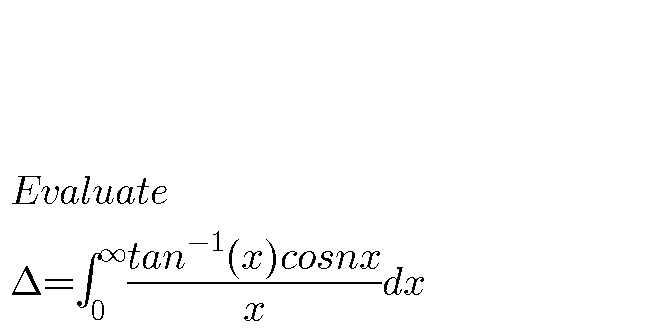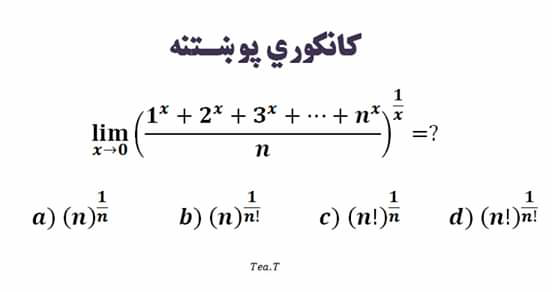
AllQuestion and Answers: Page 1369
Question Number 76003 Answers: 1 Comments: 0
Question Number 75991 Answers: 1 Comments: 1

Question Number 75990 Answers: 0 Comments: 0

Question Number 75989 Answers: 0 Comments: 0

Question Number 75988 Answers: 0 Comments: 3

Question Number 75987 Answers: 1 Comments: 0

Question Number 75986 Answers: 1 Comments: 1

Question Number 75985 Answers: 1 Comments: 0

Question Number 75984 Answers: 1 Comments: 0

Question Number 75983 Answers: 0 Comments: 2
Question Number 75976 Answers: 0 Comments: 3
Question Number 76077 Answers: 2 Comments: 3
Question Number 75960 Answers: 1 Comments: 2
Question Number 75955 Answers: 2 Comments: 0
Question Number 75954 Answers: 0 Comments: 2
Question Number 75953 Answers: 0 Comments: 0
Question Number 75952 Answers: 0 Comments: 1
Question Number 75951 Answers: 0 Comments: 0
Question Number 75950 Answers: 0 Comments: 2
Question Number 75940 Answers: 0 Comments: 0
Question Number 75939 Answers: 0 Comments: 2

Question Number 75938 Answers: 0 Comments: 2
Question Number 75937 Answers: 1 Comments: 0
Question Number 75936 Answers: 0 Comments: 2
Question Number 75934 Answers: 0 Comments: 0
Question Number 75933 Answers: 0 Comments: 2
Pg 1364 Pg 1365 Pg 1366 Pg 1367 Pg 1368 Pg 1369 Pg 1370 Pg 1371 Pg 1372 Pg 1373
